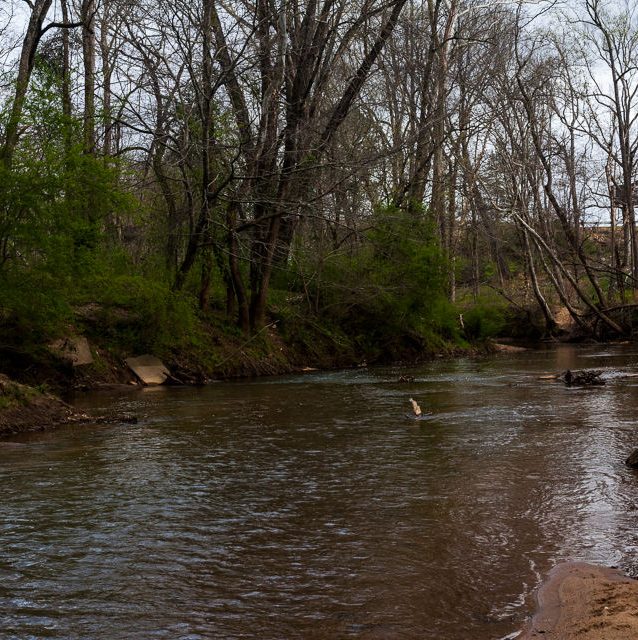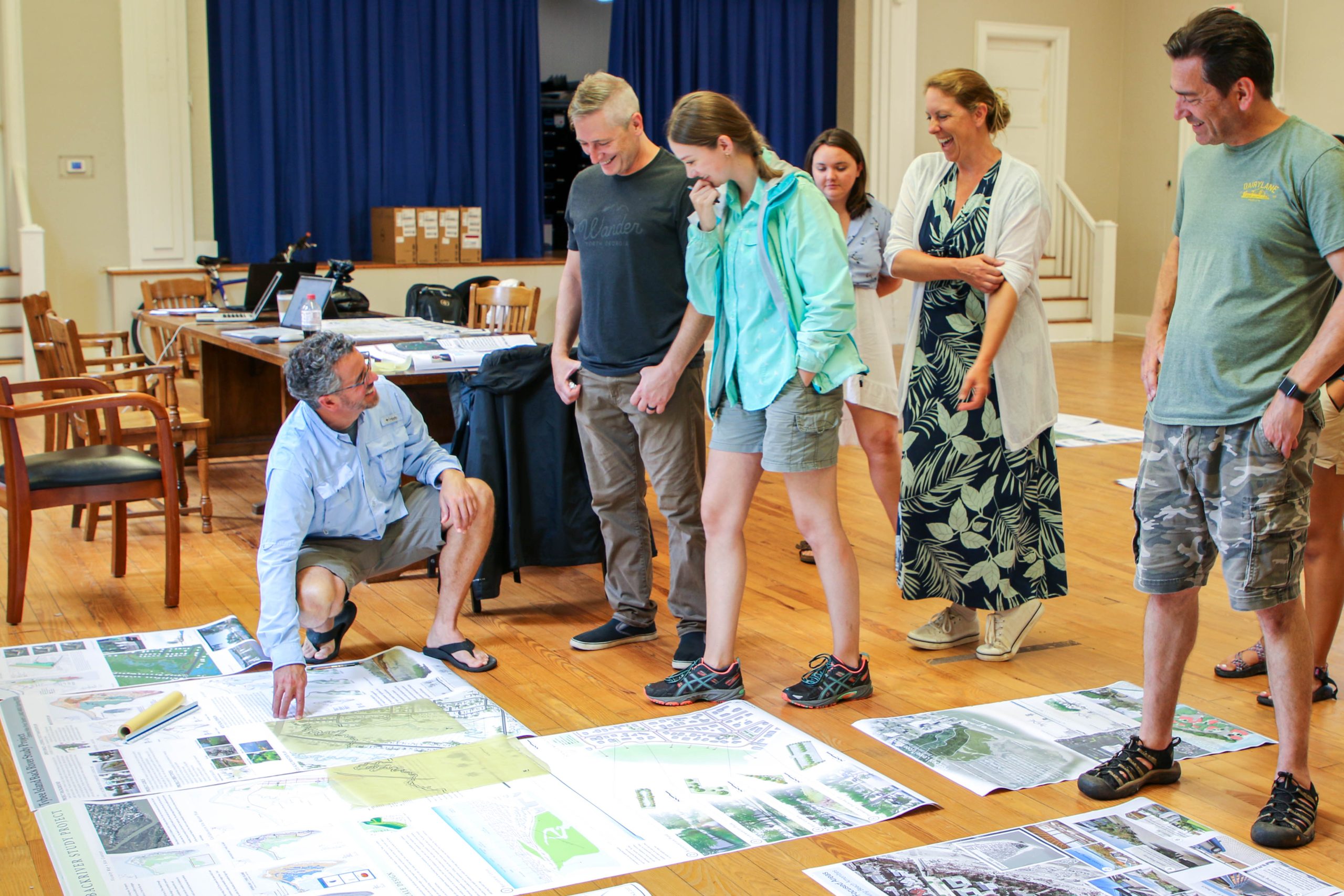IRIS researchers often work directly with communities on a variety of projects, from flood resilience to new infrastructure projects. This work is nationwide and collaborative by nature, allowing us to work side-by-side with not only other researchers, but community representatives, governments and more.

Ongoing Research
Recent Publications
Water supply, waste assimilation, and low-flow issues facing the Southeast Piedmont Interstate-85 urban archipelago (Journal of the American Water Resources Association, May 2023)
Authors: R. Jackson, S. Wenger, B. Bledsoe, J.M. Shepherd, K. Capps, A. Rosemond, M. Paul, M. Welch-Devine, K. Li, T. Stephens and T. Rasmussen.
Abstract: Rapidly growing cities along the Interstate-85 corridor from Atlanta, GA, to Raleigh, NC, rely on small rivers for water supply and waste assimilation. These rivers share commonalities including water supply stress during droughts, seasonally low flows for wastewater dilution, increasing drought and precipitation extremes, downstream eutrophication issues, and high regional aquatic diversity. Further challenges include rapid growth; sprawl that exacerbates water quality and infrastructure issues; water infrastructure that spans numerous counties and municipalities; and large numbers of septic systems. Holistic multi-jurisdiction cooperative water resource planning along with policy and infrastructure modifications is necessary to adapt to population growth and climate. We propose six actions to improve water infrastructure resilience: increase water-use efficiency by municipal, industrial, agricultural, and thermoelectric power sectors; adopt indirect potable reuse or closed loop systems; allow for water sharing during droughts but regulate inter-basin transfers to protect aquatic ecosystems; increase nutrient recovery and reduce discharges of carbon and nutrients in effluents; employ green infrastructure and better stormwater management to reduce nonpoint pollutant loadings and mitigate urban heat island effects; and apply the CRIDA framework to incorporate climate and hydrologic uncertainty into water planning.
Quantifying the impacts of future shoreline modification on biodiversity in a case of coastal Georgia, United States (Conservation Biology, May 2024)
Authors: D. Coleman, R. Pittman, C. Landry, J. Byers, C. Alexander, G.P. Coughlin and C.B. Woodson.
Abstract: People often modify the shoreline to mitigate erosion and protect property from storm impacts. The 2 main approaches to modification are gray infrastructure (e.g., bulkheads and seawalls) and natural or green infrastructure (NI) (e.g., living shorelines). Gray infrastructure is still more often used for coastal protection than NI, despite having more detrimental effects on ecosystem parameters, such as biodiversity. We assessed the impact of gray infrastructure on biodiversity and whether the adoption of NI can mitigate its loss. We examined the literature to quantify the relationship of gray infrastructure and NI to biodiversity and developed a model with temporal geospatial data on ecosystem distribution and shoreline modification to project future shoreline modification for our study location, coastal Georgia (United States). We applied the literature-derived empirical relationships of infrastructure effects on biodiversity to the shoreline modification projections to predict change in biodiversity under different NI versus gray infrastructure scenarios. For our study area, which is dominated by marshes and use of gray infrastructure, when just under half of all new coastal infrastructure was to be NI, previous losses of biodiversity from gray infrastructure could be mitigated by 2100 (net change of biodiversity of +0.14%, 95% confidence interval −0.10% to +0.39%). As biodiversity continues to decline from human impacts, it is increasingly imperative to minimize negative impacts when possible. We therefore suggest policy and the permitting process be changed to promote the adoption of NI.
News
-

NOAA recommends collaborative oyster reef restoration project for funding
ATHENS, GA – A new project seeks to join Sapelo Island’s Saltwater Geechee community and public entities in a collaborative effort to reduce flooding through oyster reef restoration. The National Oceanic and Atmospheric Association recommended the project, which is a collaboration between the University of Georgia’s Institute for Resilient Infrastructure Systems, Save Our Legacy Ourself,…
-

Marshall Shepherd provides expertise on changing hurricane seasons- and what they mean for communities.
In a special edition of the Network for Engineering With Nature’s (N-EWN) Nature at Work series, Dr. Marshall Shepherd of UGA Geography provided expertise on hurricanes and the impact of a changing hurricane season on coastal communities. Shepherd is a Georgia Athletic Association Distinguished Professor of Geography and Atmospheric Sciences and an accomplished meteorologist. On…
-

New publication finds positive relationships between biodiversity and green infrastructure in coastal Georgia
In a new study in Conservation Biology, researchers from UGA’s Institute for Resilient Infrastructure Systems, the UGA Skidaway Institute of Oceanography, and East Carolina University explore the relationship between infrastructure development and coastal biodiversity to predict changes in biodiversity under different infrastructure scenarios. Natural or “green” infrastructure uses natural processes as a foundation for built…







